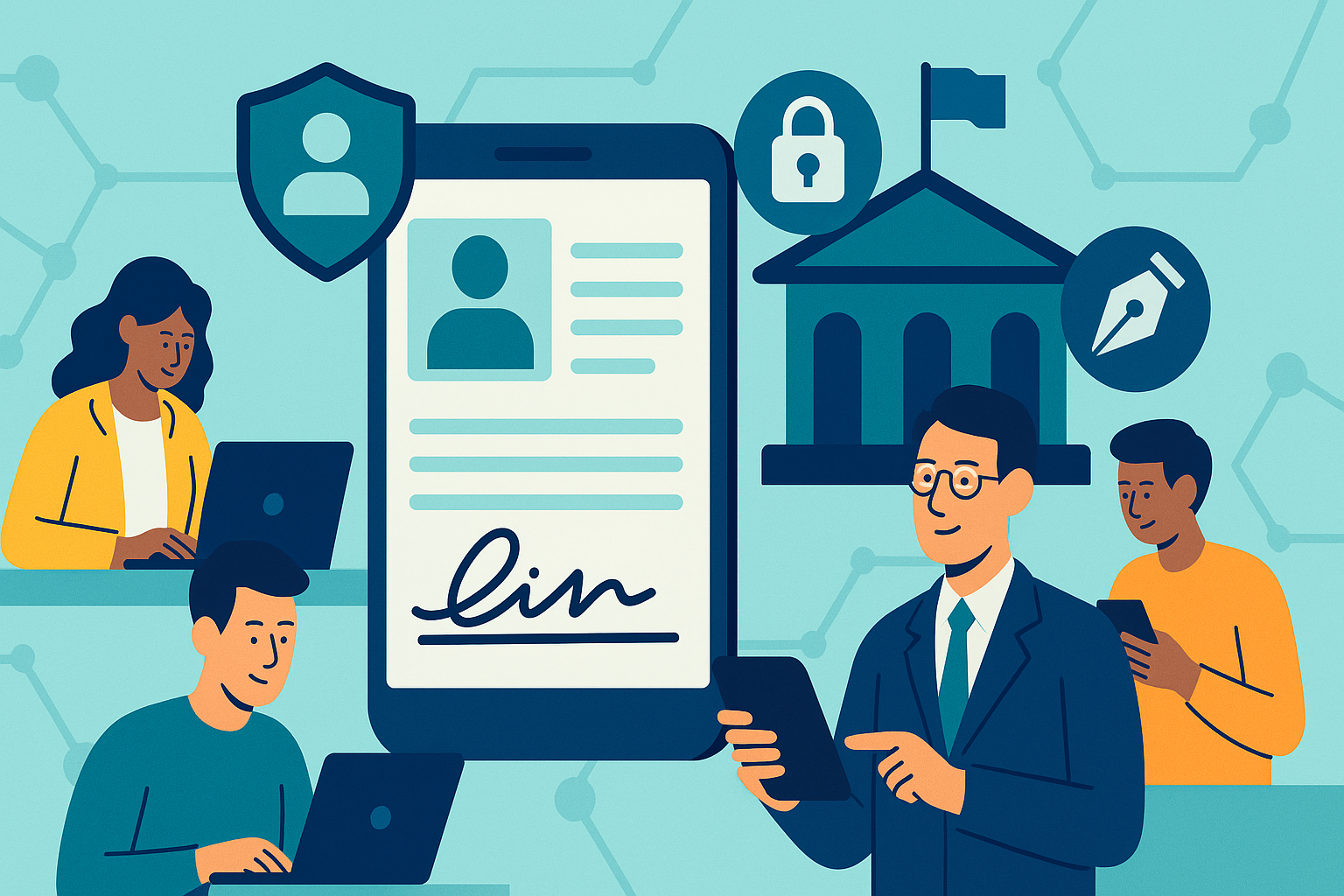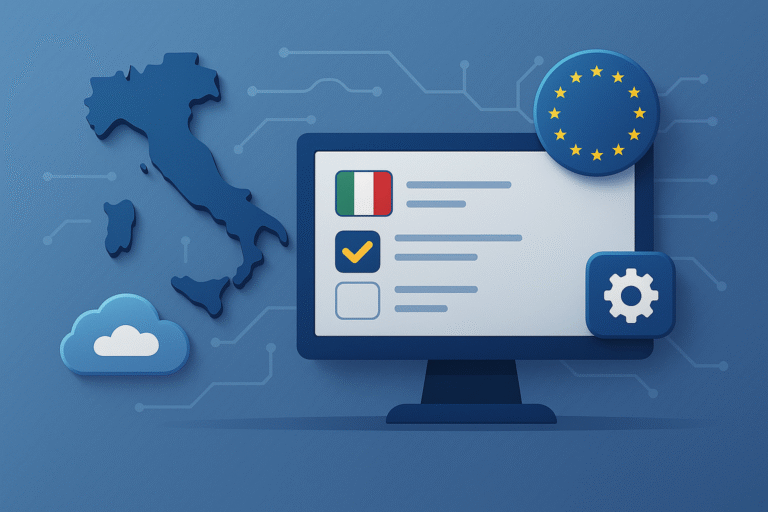
Introduction
In the early 2000s, e-government became a policy priority. The core idea was to use digital technologies to increase public-sector efficiency, strengthen transparency, and simplify interactions between citizens and institutions. Beyond technology, e-government triggered a cultural and organizational shift that laid the groundwork for today’s digital democracy and participatory processes.
👉 For broader context, also read:
- What is digital democracy and why it matters today
- From the Greek polis to civic tech: the evolution of participation
- Digital democracy and smart cities: international experiences
Early steps: from online services to electronic governance
While the 1990s saw the first waves of internet adoption in government, it was in the 2000s that countries invested in digital infrastructure to deliver services at scale. Key milestones included:
- Unified government portals providing access to laws, documents, and services.
- Digitalisation of certificates and procedures (civil registry, taxation, social security).
- E-procurement platforms to make public tenders more transparent.
Global pioneers included Singapore, Estonia, Canada, and the UK (2000–2005). In Italy, the e-Gov 2000 programme launched the first national digitalisation strategy.
Source: OECD – Digital Government
The European context: the eEurope initiative
In 2000, the European Commission launched eEurope 2002 followed by eEurope 2005 to expand internet uptake, deliver online public services, and stimulate the digital economy. Its goals included:
- Broadband access and digital skills.
- Digital schools and universities.
- Key online public services (taxes, social security, official documents).
- Development of electronic signatures and digital identity.
These programmes set common benchmarks and paved the way for tools such as Italy’s SPID and the EU-wide eIDAS framework.
Source: European Commission – eEurope Initiative
Italy in the early 2000s
Italy’s e-government push combined several strands:
- CNIPA (National Centre for IT in Public Administration, 2003) to coordinate digital transformation across levels of government.
- INPS and Revenue Agency online services enabling web-based filings and queries.
- e-Gov 2000 with numerous initiatives and extensive local-government involvement.
Despite challenges (change management, uneven infrastructure, skills), the public sector began to transition from “analogue” to “digital,” experimenting with online interactions for citizens and businesses.
👉 Related:
- Digital ID and electronic signatures for participation
- The best digital participation platforms worldwide
Benefits and limitations of the first wave
Benefits
- Efficiency: faster access to certificates, payments, and procedures.
- Transparency: public access to documents, calls, and tenders.
- Cost reductions: digital workflows reduce handling and printing costs.
Limitations
- Digital divide: access and skills remained uneven.
- Infrastructure gaps: broadband coverage varied widely, especially in rural areas.
- Organisational resistance: legacy processes and lack of change management.
Source: United Nations – E-Government Survey 2024
From services to participation: e-government and digital democracy
Although the first wave focused on service delivery, early 2000s pilots also explored citizen participation:
- Online consultations on plans and regulations.
- Participatory budgeting with hybrid (online + in-person) formats.
- Open data releases enabling transparency and civic innovation.
These experiments prepared today’s digital democracy, where civic platforms and digital IDs combine with deliberative processes and, in some contexts, e-voting.
The legacy of the 2000s
- Organisational structures dedicated to digital transformation.
- Legal frameworks for e-signatures, digital identity, and data protection.
- Infrastructure such as portals, e-payments, and document protocols.
- Public expectations of faster, digital-first service delivery.
Conclusion
The rise of e-government in the 2000s was a decisive step in the digital transformation of public administration. Despite uneven progress and gaps, that decade laid the foundations for today’s innovations: from digital identity to online consultations, from open data to collaborative participation. E-government reminds us that digitalisation is not only about technology—it is also about civic culture and inclusion.


